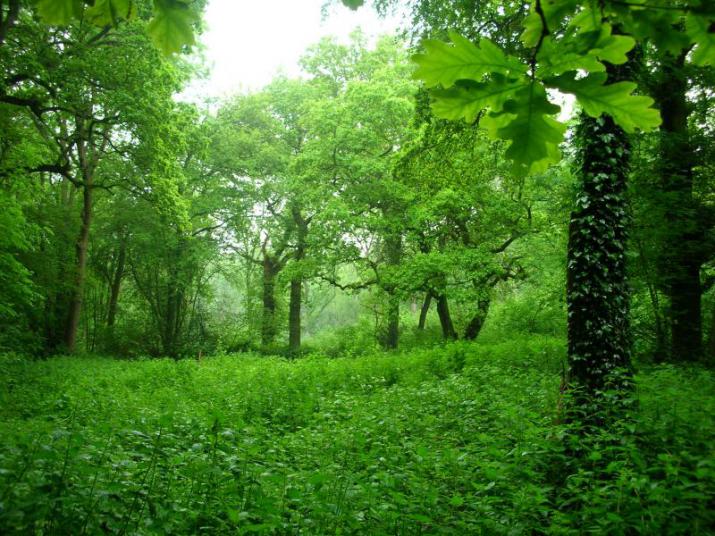
Across London over 1,500 wildlife sites have been recognised as Sites of Importance for Nature Conservation (SINCs), comprising almost 20% of the Greater London area. They provide a vital home to many of the 13,000 species that have been recorded within the capital over the last 50 years, including many rare and threatened species. They also provide a place for people to walk, relax and escape the stresses of city life, positively influencing mental and physical health. And they provide essential ‘city services’, such as reducing flood risk, moderating local temperatures and enhancing air quality. However, the capital’s SINCs are coming under increasing pressure as the city and its population grows. London boroughs, land managers and the communities that benefit from them need to be better equipped to use the policy framework that is in place to ensure they are protected and managed for the benefit of wildlife and people.
Policy context
The London Plan (2015) and borough Local Plans are key to SINC identification and protection. The London Plan identifies the need to protect biodiversity and to provide opportunities for access to nature. It recommends identifying and protecting a suite of sites of importance at metropolitan, borough and local level in order to protect the most important areas of wildlife habitat in London and provide Londoners with opportunities for contact with the natural world.
Nibbled away
The most significant threat to SINCs is development as the capital’s population grows to a projected 10 million by 2030. SINC policies do not provide absolute protection, other needs (schools, housing or transport infrastructure for example) can outweigh the need to protect a SINC from loss or damage. As a consequence a number of SINCs have been built on, and many more have had developments encroach upon them, or have been affected by the indirect impacts of new development close to their boundaries. A larger population will also likely result in greater recreational pressure on the city’s parks and green spaces, presenting new challenges for creating and managing space for nature.
The report can be downloaded at:
http://www.wildlondon.org.uk/news/2015/10/20/spaces-wild-critical-importance-protecting-london%E2%80%99s-wild-spaces (opens in new tab)
Reccomendations for local authorities
- raise awareness about the range of benefits SINCs provide
- survey SINCs to support Local Plans and strengthen their protection
- promote connectivity of SINCs through policy and projects
- engage and support community groups to help manage sites
- ensure planning decisions are informed by up-to-date wildlife data
Reccomendations for local communities
- Find out where you’re closest SINC is: http://www.gigl.org.uk/online/ (opens in new tab)
- join your local ‘friends of’ group
- provide wildlife information about your local SINCs
- make comments on the development of your Local Plan
- draw attention to planning applications that affect SINCs